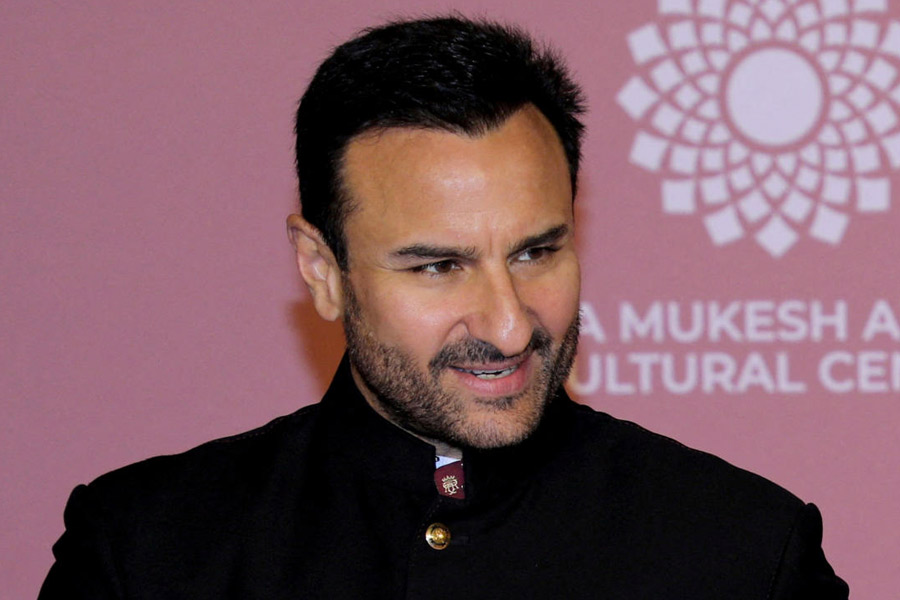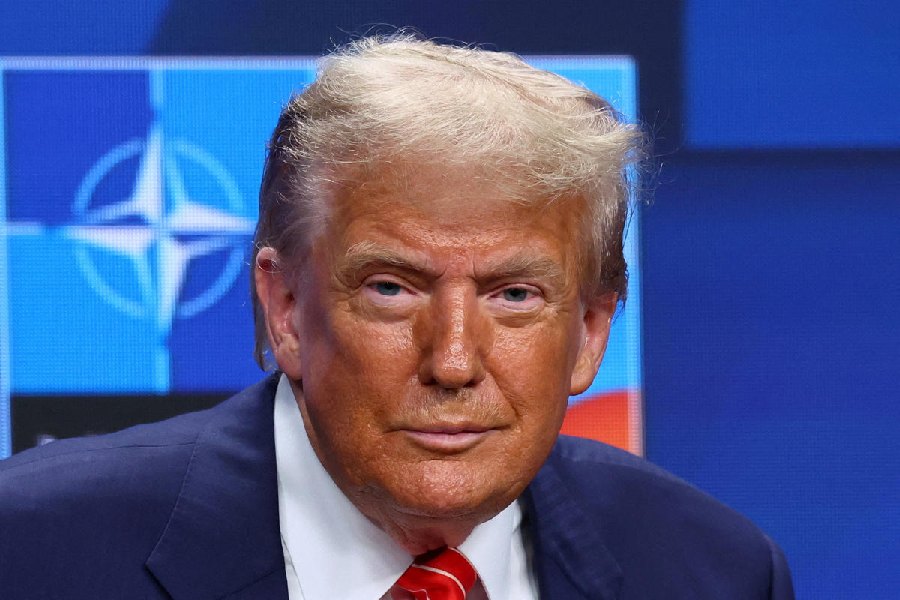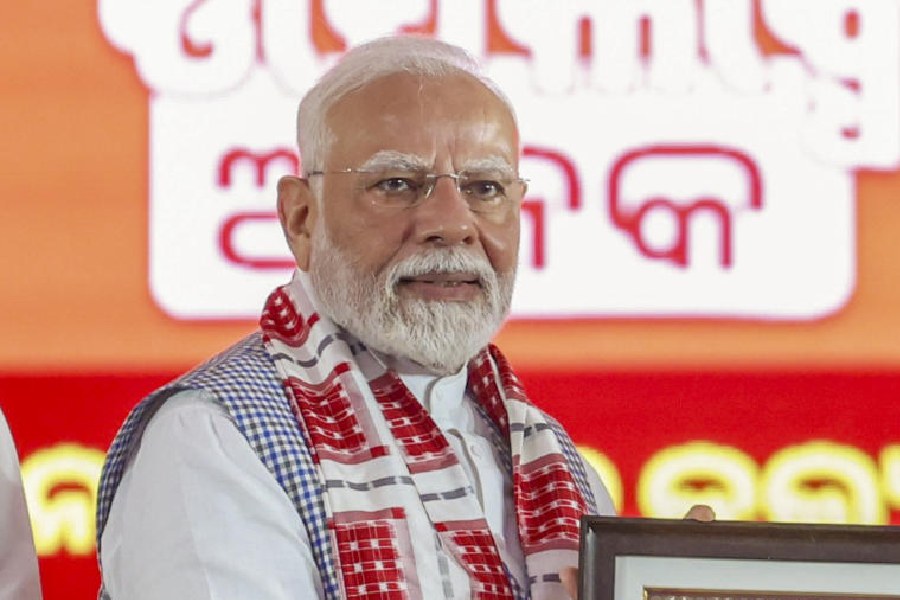THE BOOK OF DEVI
By Bulbul Sharma
THE BOOK OF KRISHNA
By Pavan K. Varma
THE BOOK OF SHIVA
By Namita Gokhale
THE BOOK OF VISHNU
By Nanditha Krishna
THE BOOK OF GANESHA
By Royina Grewal
Viking, Rs 195 each
From glitzy television serials to kitsch calendars - the way the Hindu pantheon grips the popular imagination is both intriguing and puzzling. Still a vital source of mainstream entertainment, Indian deities are in sharp contrast to their European counterparts - the Greek gods for instance - who have largely waned into an esoteric domain.
This cluster of well-researched books on the enduring quality of five most popular Hindu deities traces the origin of the gods, their evolution through written and oral traditions, the myriad myths spun around them and their contemporary relevance. A scientific perspective, coupled with simple narratives, enlivens the interest.
In the popular consciousness, the gods have survived as cultural icons. It would not be an exaggeration to say that in the process, there has been a cleft between the symbol of a godhead and its intrinsic idea. For instance, not many people are aware of the shivlinga as a phallic symbol. Or, of the metaphysical connotations of Krishna's eroticism.
Pavan K. Varma feels that cultural practices and myths surrounding Krishna, especially the raasleela, wrongly identify him as an amorous god. For, the gopis' urge to be united with Krishna indicates their search for the absolute, which contemporary perception tends to overlook.
In The Book of Krishna, Varma traces the divergent portrayals of Krishna in the Bhagvata Purana and Jayadeva's Gitagovinda. From a sidelined figure in the Bhagvata, Jayadeva catapults Radha to the focus of Krishna's adoration. The configuration dramatically alters Krishna's image. He is an irresistible 'personal god', in whom women devotees, like Meera, find a surrogate lover.
Namita Gokhale's animated discussion in The Book of Shiva revolves around the 'conflict between the erotic nature of his iconography and the ascetic nature of his actions'.
Devi was crafted in her consciousness since childhood, says Bulbul Sharma in The Book of Devi. In the hierarchy of male gods, Devi encapsulates power, feminine beauty, devotion and fidelity in her various forms. Though the Vedas donot invest them with much importance, the goddesses gain pre-eminence in the later periods. Quite inexplicably, Sharma, while discussing the major manifestations of Devi - Durga, Sati, Lakshmi, Saraswati, Sita, Radha and Ganga - leaves out Kali, who embodies the terrible aspect of Devi.
In The Book of Vishnu, Nanditha Krishna links Vishnu's incarnations with the stages of human evolution - from the aquatic (matsya) to the amphibian (kurma), the land animal (varaha), the earliest Homo sapiens (dwarf) and so on. But the trinity's protector figure as depicted in the Veda, as just an associate of Indra, is not very impressive. Vishnu's benevolent nature merges with the concept of Narayana to assume the present stature.
The elephant-headed, rotund god, Ganesha, is easily appeased and infuriated. In Royina Grewal's amusing narrative, Ganesha's marriage to the banana tree and his sibling rivalry with Kartikeya portray him as a fun-loving deity.
Over the ages, Hindu gods have revealed an amazing tensility with respect to changing world-views. One reason could be that the religious beliefs, once shaped by economic and social exigencies, were later diffused into the mainstream culture. The element of fear in the man-god relation got diluted and the deities assumed humane traits. The many myths they have spawned have been sustained through vernacular literature, folklore, art, architecture and even jatra.
 Monday, 07 July 2025
Monday, 07 July 2025









